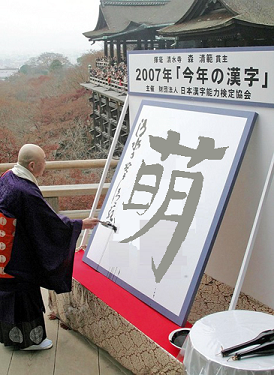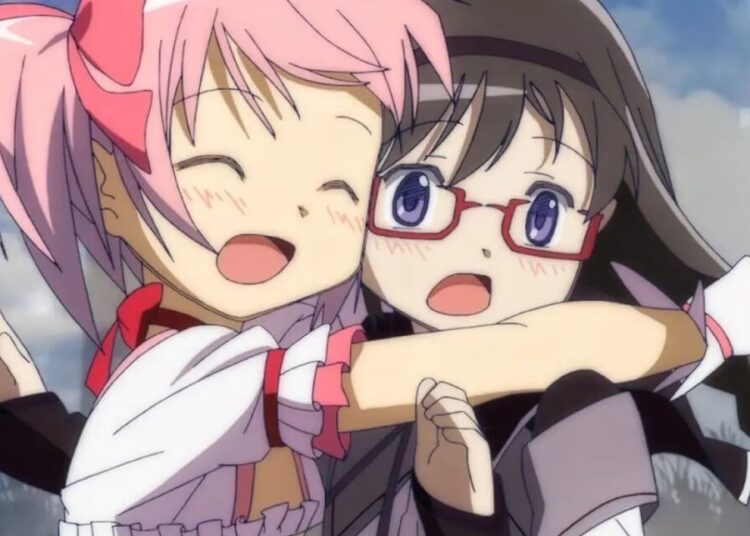It’s interesting, the things you learn to do in Japan. Like writing “air kanji” for someone, or explaining how to write something in kanji over the phone. In written Japanese, kanji characters are used to write the major nouns, verbs, adjectives and adverbs in a sentence, with hiragana characters added for grammatical elements like the markers for subject and object, past tense, and so on. Names are also generally written using kanji, and just as there are alternate spellings for many names in English, there are many choices for writing a name like “Takeshi” (武、健、武史武司 etc). When you learn someone’s name, it’s important to learn how to write it properly, and it’s the height of rudeness to write someone’s name with the wrong characters, especially in a business setting. (J-List’s Yasu once changed toy suppliers because they wrote his name wrong on an invoice.) Part of becoming functionally literate with kanji characters involves learning to describe them over the phone, referring to other words that are written with that character, describing the radical (the part of a kanji used to organize it in a dictionary), and so on. The part of our city J-List is located it in is called Hashie-cho (Hashie Town, 波志江町), a rather rare place name, and I’ve had to describe how to write this address so often I’ve got it down pat. “The ‘ha’ is ‘nami’ (wave), ‘shi’ is ‘kokorozasu’ (meaning to aim for a goal or take on a challenge), and the ‘e’ (eh) is the first character from ‘Edo’ (the old name of Tokyo).”

I’m pretty sure this is a Photoshop: 萌 was never the kanji of the year.














